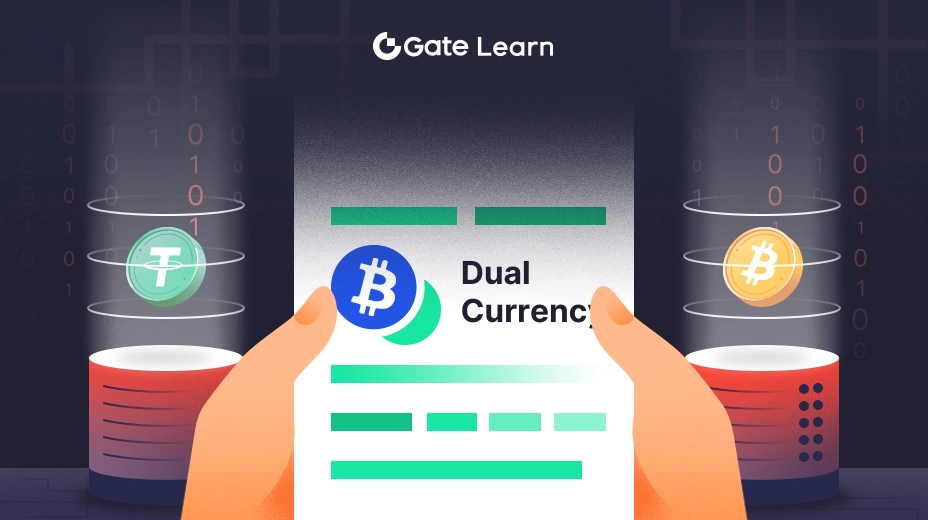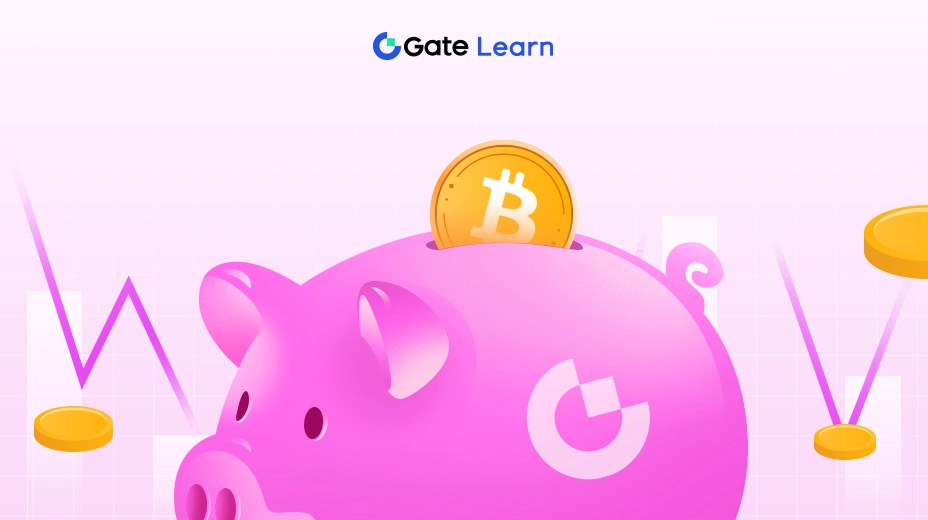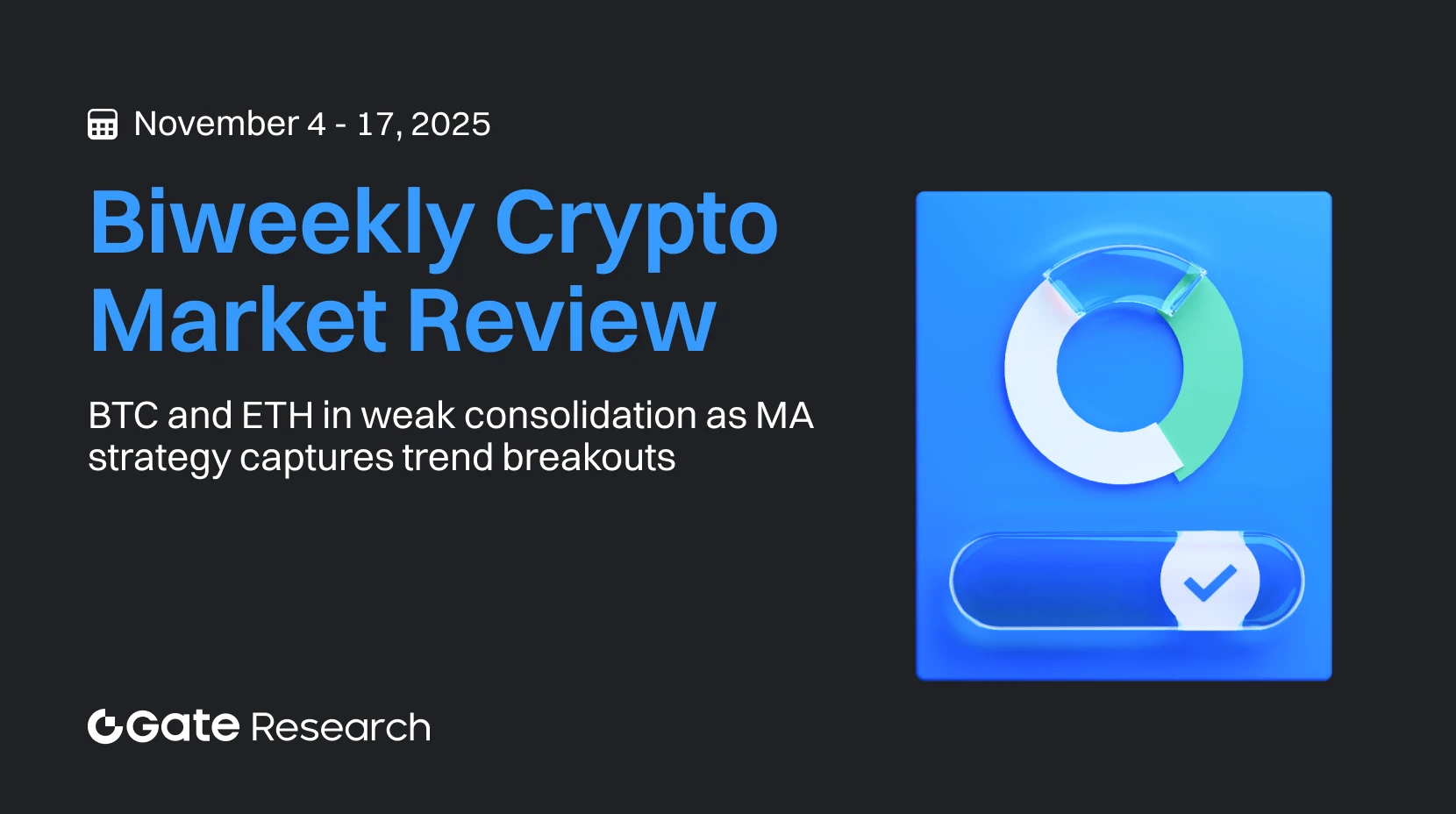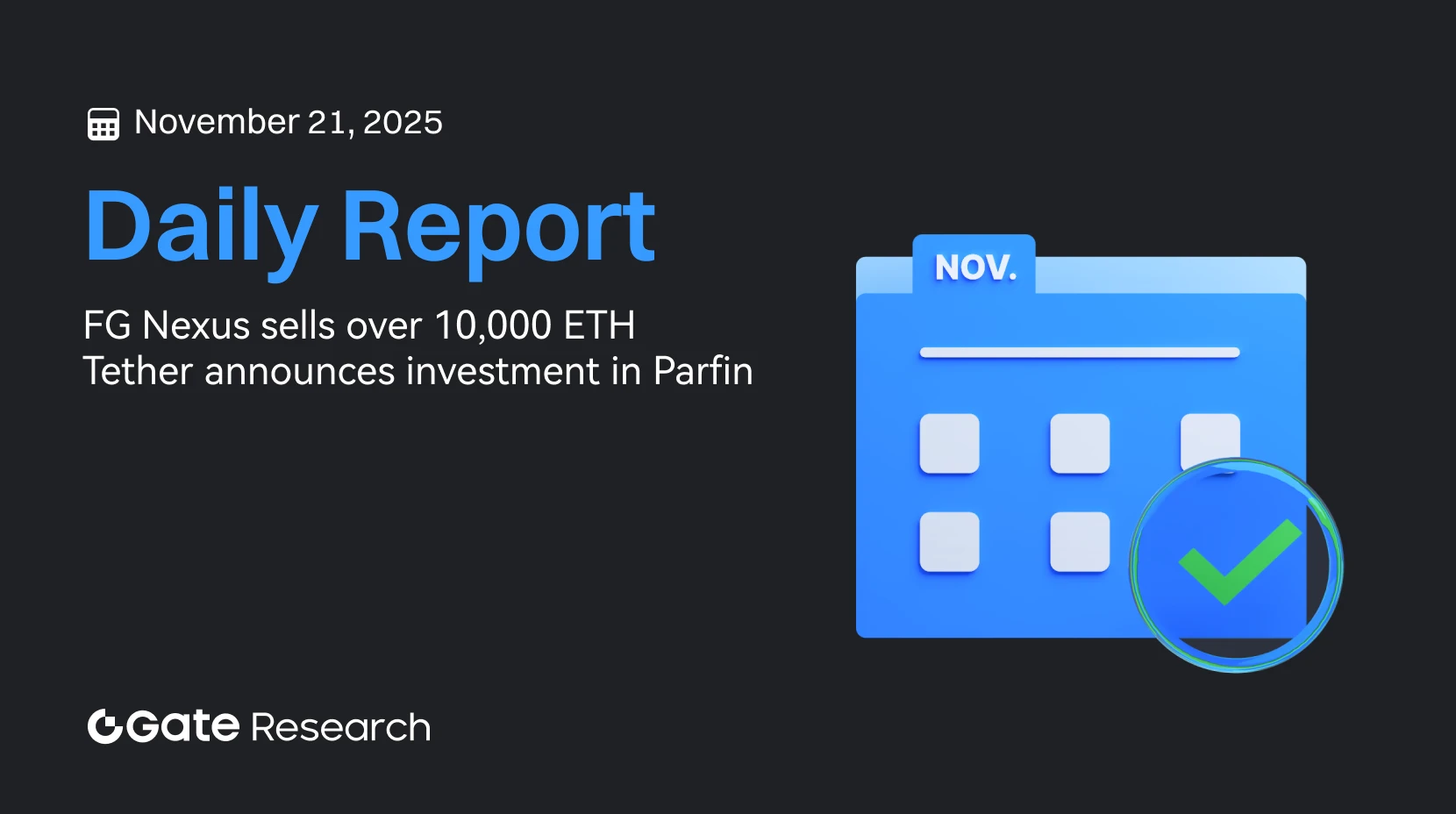Featured Courses
More
Beginner
Gate Futures Trading Guide - A must-read for newbies
Learn about futures from a more practical tutorial than in handbooks.

Intermediate
Introduction to Wormhole
Wormhole is a cross-chain messaging protocol designed to enable secure communication between more than 30 blockchain networks. This course provides a detailed, structured overview of the protocol, including its technical foundation, governance structure, tokenomics, core infrastructure, and real-world integrations. The goal is to help learners understand how Wormhole operates and how it supports multichain applications across major ecosystems.

Intermediate
Technical analysis: A useful tool to understand trends in Futures trading
Understand candlestick patterns and recognize market trends. Build a technical analysis system to make informed trading decisions
Learn by Topic
Topics
Altcoins
Bitcoin
Blockchain
DeFi
Ethereum
Metaverse
NFTs
Trading
Tutorial
Futures
Trading Bots
BRC-20
GameFi
DAO
Macro Trends
Wallets
Inscription
Technology
Meme
AI
SocialFi
DePin
StableCoin
Liquid Staking
Finance
RWA
Modular Blockchains
Zero-Knowledge Proof
Restaking
Crypto Tools
Airdrop
Gate Products
Security
Project Analysis
CryptoPulse
Research
TON Ecosystem
Layer 2
Solana
Payments
Mining
Hot Topics
P2P
Sui Ecosystem
Chain Abstraction
Options
Quick Reads
Video
Daily Report
Market Forecast
Trading Bots
VIP Weekly Industry Report
ETF Leveraged Tokens
Top Stories
XRP
Pi Network
VIP Daily Industry Report
In-Depth Research
Gate Ventures
Weekly Report
Investment News
Perpetual DEX
Web3 For Beginners
Tron
Base
Protocols
Dapp
Crypto Card
BNB Chain
Gate Private Wealth Management
Platform News
Brand Videos
Difficulty
Beginner
Intermediate
Advanced
Latest Courses
More
Beginner
Decentralization
Welcome to Decentralization, the third step in your crypto learning journey. In this course, you’ll learn why decentralization is one of the most important ideas in crypto the very reason Bitcoin was born and how it shapes everything from money to organizations.

Beginner
Guide to Gate Dual Currency Products
This course provides a comprehensive introduction to Gate Dual Currency Products, which are non-principal protected financial products with floating income and also structured financial products based on options. Compared to traditional principal-protected investment products, Dual Currency Products carry certain risks but also offer higher potential returns. If leveraging the tool effectively, investors can truly earn profits regardless of price action.

Beginner
Guide to Cryptocurrency Auto-Investment
Auto-investment is a simple, low-risk, stable, and passive investment strategy. By investing fixed amounts of money at regular time intervals, investors can withstand market fluctuations while holding their investments for the long term. This strategy emphasizes a long-term investment approach and consistent contributions to mitigate risks during price declines, with the objective of selling for profit when the market recovers.
Latest Articles
More
Advanced
Gate Research: Polymarket Builders — New Paradigm and Ecosystem
This report systematically examines the development trends and competitive landscape of prediction markets, with a focus on Polymarket’s ecosystem strategy centered on Builder Codes. It highlights that Polymarket is transforming prediction markets from a single platform into decentralized infrastructure by opening liquidity and developer networks, creating a “Prediction-as-a-Service” system embeddable in any scenario. The report also dissects Polymarket’s four-layer ecosystem structure, revealing that third-party Builders account for less than 3% of total platform trading volume but hold tenfold growth potential.
11/21/2025, 8:35:18 AM

Advanced
Gate Research: BTC and ETH in Weak Consolidation as MA Strategy Captures Trend Breakouts
BTC and ETH continue to trade in a weak, choppy structure, with prices trending lower and rebounds lacking strength. Volatility has spiked multiple times, reflecting fragile sentiment. On the derivatives side, leverage has not returned after a major deleveraging event, with open interest remaining at low levels. The concentrated long liquidations in early November further indicate declining confidence, suggesting that short-term downside risks remain. From a quantitative strategy perspective, the moving-average trend-breakout model has delivered strong performance in assets such as XRP, DOGE, and ADA, though it may still face signal delays and stop-loss whipsaws during strong one-sided trends. In contrast, the Gate Quant Fund employs a market-neutral arbitrage and hedging framework, emphasizing stable returns and risk control, offering investors a lower-volatility and more sustainable long-term allocation option.
11/21/2025, 8:16:25 AM

Beginner
Gate Founder Dr. Han Speaks in Malta: Building a Globally Integrated Crypto Ecosystem
On the evening of November 20, Gate Founder and CEO Dr. Han delivered a keynote address at the Gate Europe Exclusive VIP Dinner in Malta, sharing the platform’s global strategic roadmap and insights into industry development. In his speech, Dr. Han reviewed Gate’s evolution since its founding in 2013 and explained how the company has built a worldwide crypto ecosystem guided by its three core principles: transparency, security, and compliance, while offering an in-depth outlook on future growth.
11/21/2025, 8:03:26 AM
Latest Research
More
Advanced
Gate Research: Polymarket Builders — New Paradigm and Ecosystem
This report systematically examines the development trends and competitive landscape of prediction markets, with a focus on Polymarket’s ecosystem strategy centered on Builder Codes. It highlights that Polymarket is transforming prediction markets from a single platform into decentralized infrastructure by opening liquidity and developer networks, creating a “Prediction-as-a-Service” system embeddable in any scenario. The report also dissects Polymarket’s four-layer ecosystem structure, revealing that third-party Builders account for less than 3% of total platform trading volume but hold tenfold growth potential.
11/21/2025, 8:35:18 AM

Advanced
Gate Research: BTC and ETH in Weak Consolidation as MA Strategy Captures Trend Breakouts
BTC and ETH continue to trade in a weak, choppy structure, with prices trending lower and rebounds lacking strength. Volatility has spiked multiple times, reflecting fragile sentiment. On the derivatives side, leverage has not returned after a major deleveraging event, with open interest remaining at low levels. The concentrated long liquidations in early November further indicate declining confidence, suggesting that short-term downside risks remain. From a quantitative strategy perspective, the moving-average trend-breakout model has delivered strong performance in assets such as XRP, DOGE, and ADA, though it may still face signal delays and stop-loss whipsaws during strong one-sided trends. In contrast, the Gate Quant Fund employs a market-neutral arbitrage and hedging framework, emphasizing stable returns and risk control, offering investors a lower-volatility and more sustainable long-term allocation option.
11/21/2025, 8:16:25 AM

Advanced
Gate Research: FG Nexus sells over 10,000 ETH | Tether announces investment in Parfin
Gate Research Daily Report: On November 21, BTC extended its downward trajectory after a period of volatile decline, showing a clear accelerating pullback pattern. Mirroring this trend, ETH also followed a similarly sharp correction. Meanwhile, TNSR became a market standout with a surge of more than 220%. FG Nexus sold over 10,000 ETH to raise funds for a stock buyback aimed at supporting its share price, while Tether announced an investment in Parfin to accelerate institutional adoption of USDT across Latin America. The Fear and Greed Index dropped to 15, signaling that overall market sentiment has returned to extreme fear.
11/21/2025, 7:44:44 AM
Glossary
Moreapr
Annual Percentage Rate (APR) is a financial metric expressing the percentage of interest earned or charged over a one-year period without accounting for compounding effects. In cryptocurrency, APR measures the annualized yield or cost of lending platforms, staking services, and liquidity pools, serving as a standardized indicator for investors to compare earnings potential across different DeFi protocols.
fomo
Fear of Missing Out (FOMO) is a psychological state where investors fear missing significant investment opportunities, leading to hasty investment decisions without adequate research. This phenomenon is particularly prevalent in cryptocurrency markets, triggered by social media hype, rapid price increases, and other factors that cause investors to act on emotions rather than rational analysis, often resulting in irrational valuations and market bubbles.
nft
NFT (Non-Fungible Token) is a unique digital asset based on blockchain technology where each token possesses a distinct identifier and non-interchangeable characteristics, fundamentally different from fungible tokens like Bitcoin. Created through smart contracts and recorded on the blockchain, NFTs ensure verifiable ownership, authenticity, and scarcity, primarily applied in digital art, collectibles, gaming assets, and digital identity.
leverage
Leverage refers to a financial strategy where traders use borrowed funds to increase the size of their trading positions, allowing investors to control market exposure larger than their actual capital. In cryptocurrency trading, leverage can be implemented through various forms such as margin trading, perpetual contracts, or leveraged tokens, offering amplification ratios ranging from 1.5x to 125x, accompanied by liquidation risks and potential magnified losses.


Your Gateway to Crypto World, Subscribe to Gate for A New Perspective
